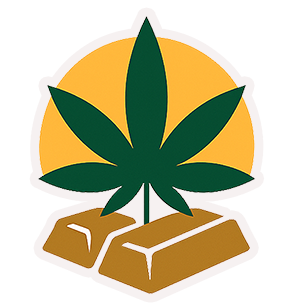Hemp in Fashion & Textiles
The textile industry is undergoing a sustainability revolution. Hemp provides durable, breathable, and biodegradable fibers that reduce water, pesticide, and chemical use — offering fashion brands a path to real circularity.
FAQs: Hemp in Fashion & Textiles
The fashion industry is one of the largest polluters globally, relying on cotton (high water & pesticide use) and synthetics (oil-based, non-biodegradable). Fast fashion accelerates waste, pollution, and labor exploitation.
Hemp stalk fibers are processed into long, durable threads that can be woven into fabrics, denim, blends with cotton, silk, or synthetics. They are naturally antibacterial, breathable, and long-lasting.
Hemp fabrics can be positioned as premium sustainable textiles sold to fashion brands, designers, and sportswear companies. Products range from everyday clothing, luxury fashion, workwear, to accessories.
Fashion, sportswear, home textiles, technical fabrics, and luxury goods are among the top markets for hemp-based fabrics. Growing demand is also seen in eco-conscious e-commerce brands.
Target consumers include eco-conscious millennials, Gen Z, luxury buyers, outdoor enthusiasts, and sustainable lifestyle communities who demand style without harming the planet.
Growth is fueled by consumer shift to sustainable fashion, EU textile recycling directives, brand ESG commitments, and demand for natural fibers that outperform cotton in durability and footprint.
The global hemp textile market is expected to surpass $8B by 2030 with CAGR >15%. Brands from Levi’s to luxury designers already incorporate hemp, signaling mainstream adoption.
Partner With Green Gold
Ready to explore the numbers?
Gain access to detailed ROI models, technical specifications, and a deployment roadmap designed for rapid multi-industry scale-up.
Confidential & for informational purposes only. This is not an offer to sell or a solicitation to buy securities. Eligibility and access are subject to applicable laws and verification.
